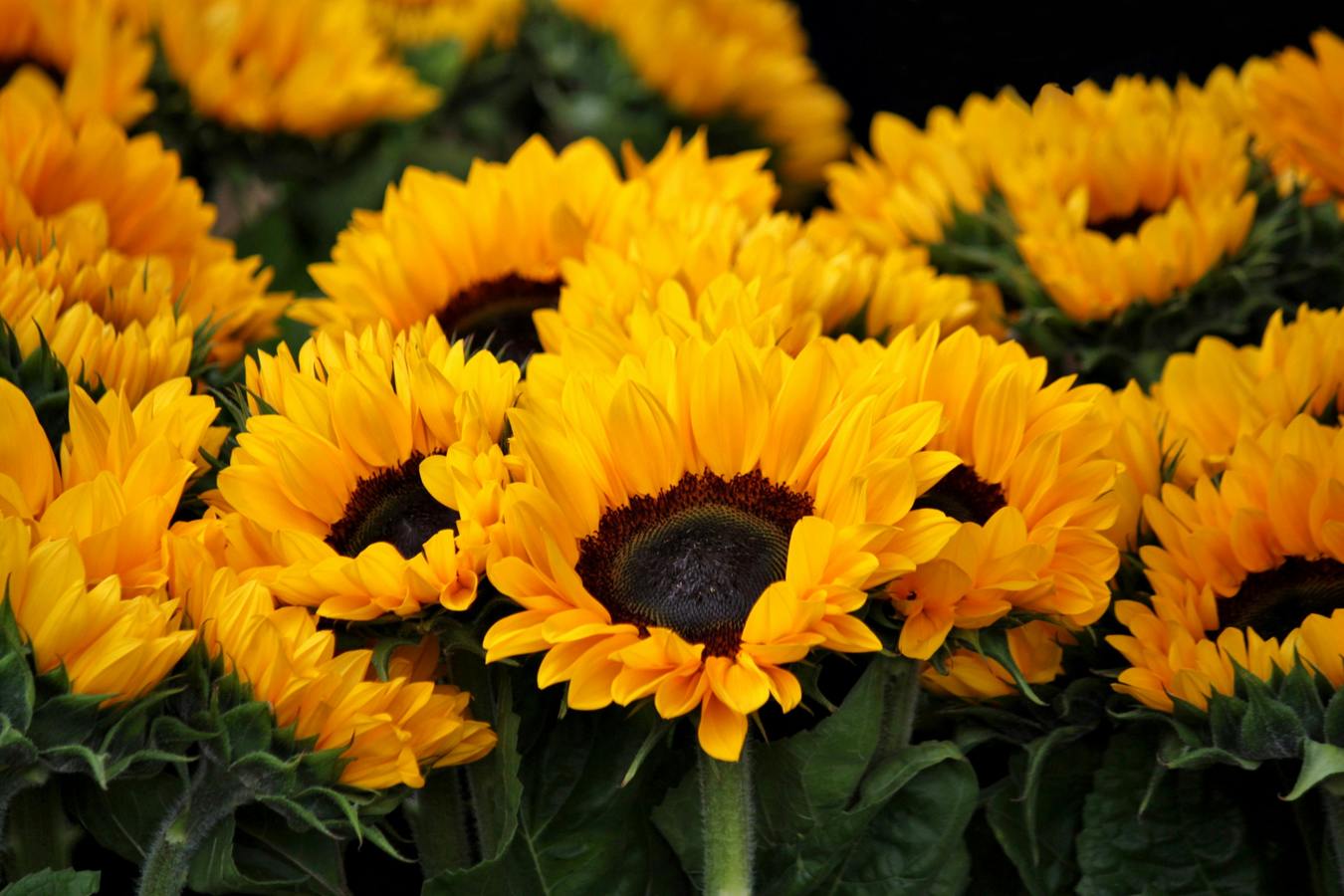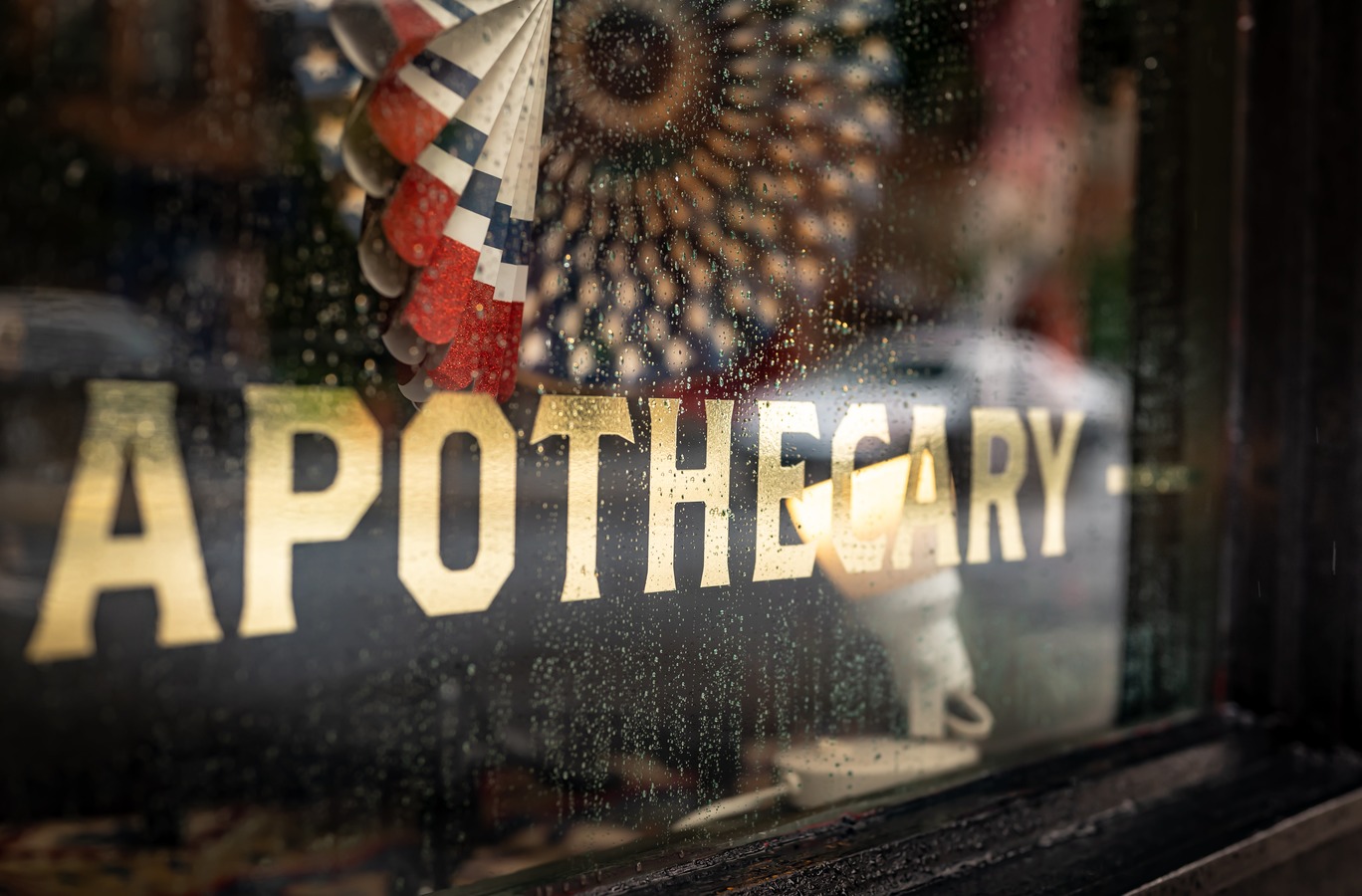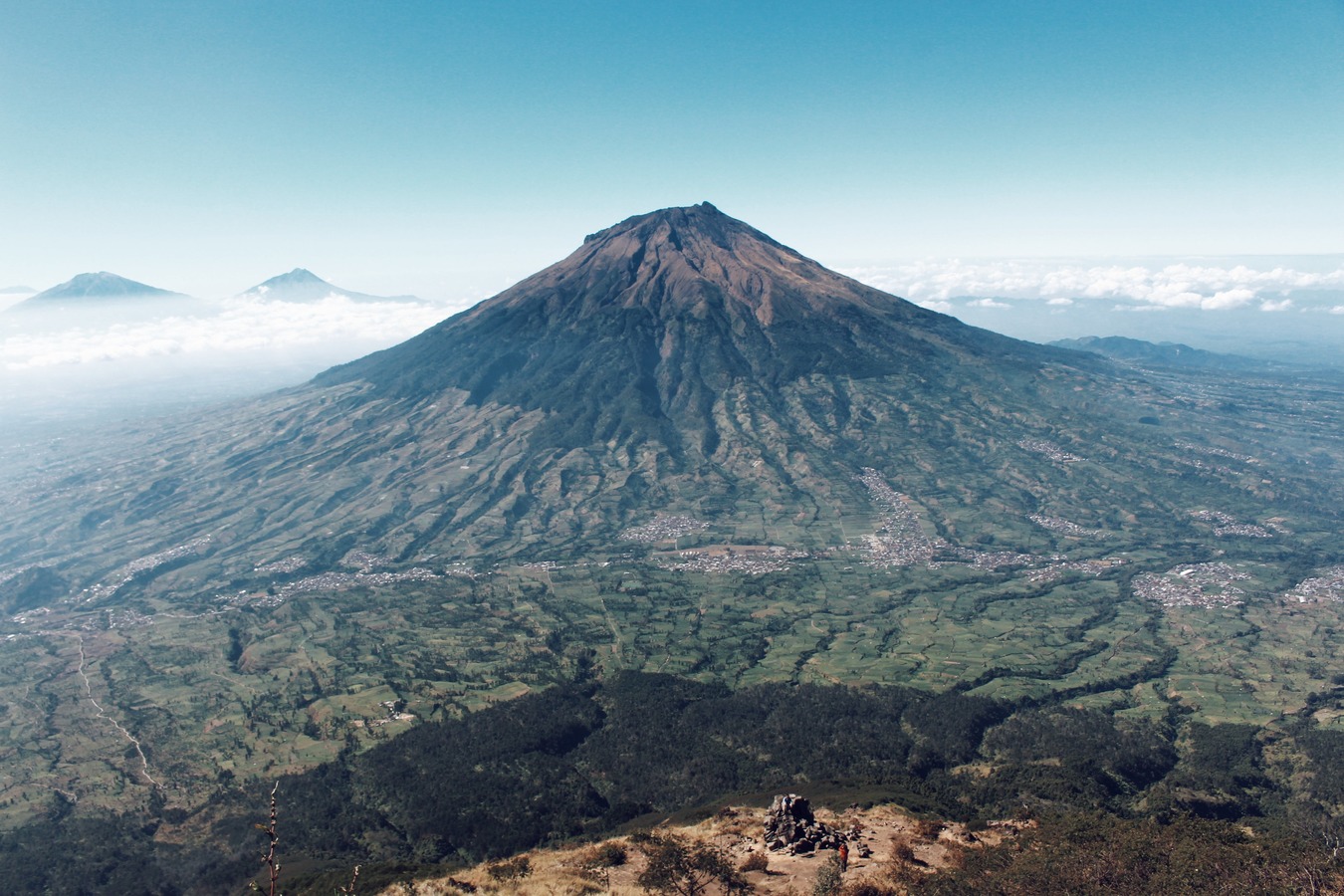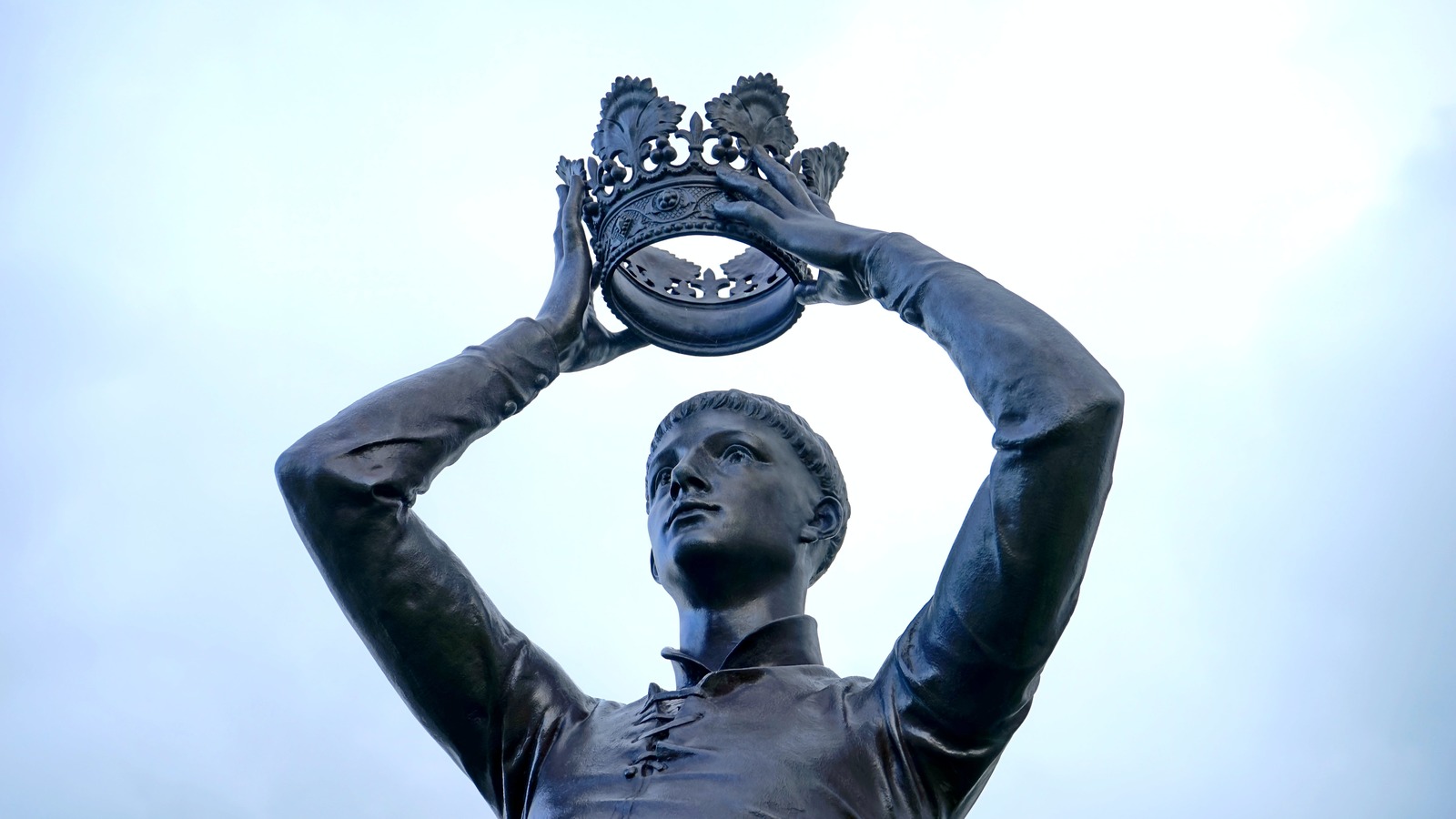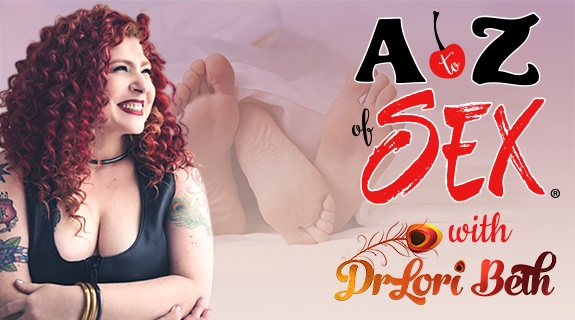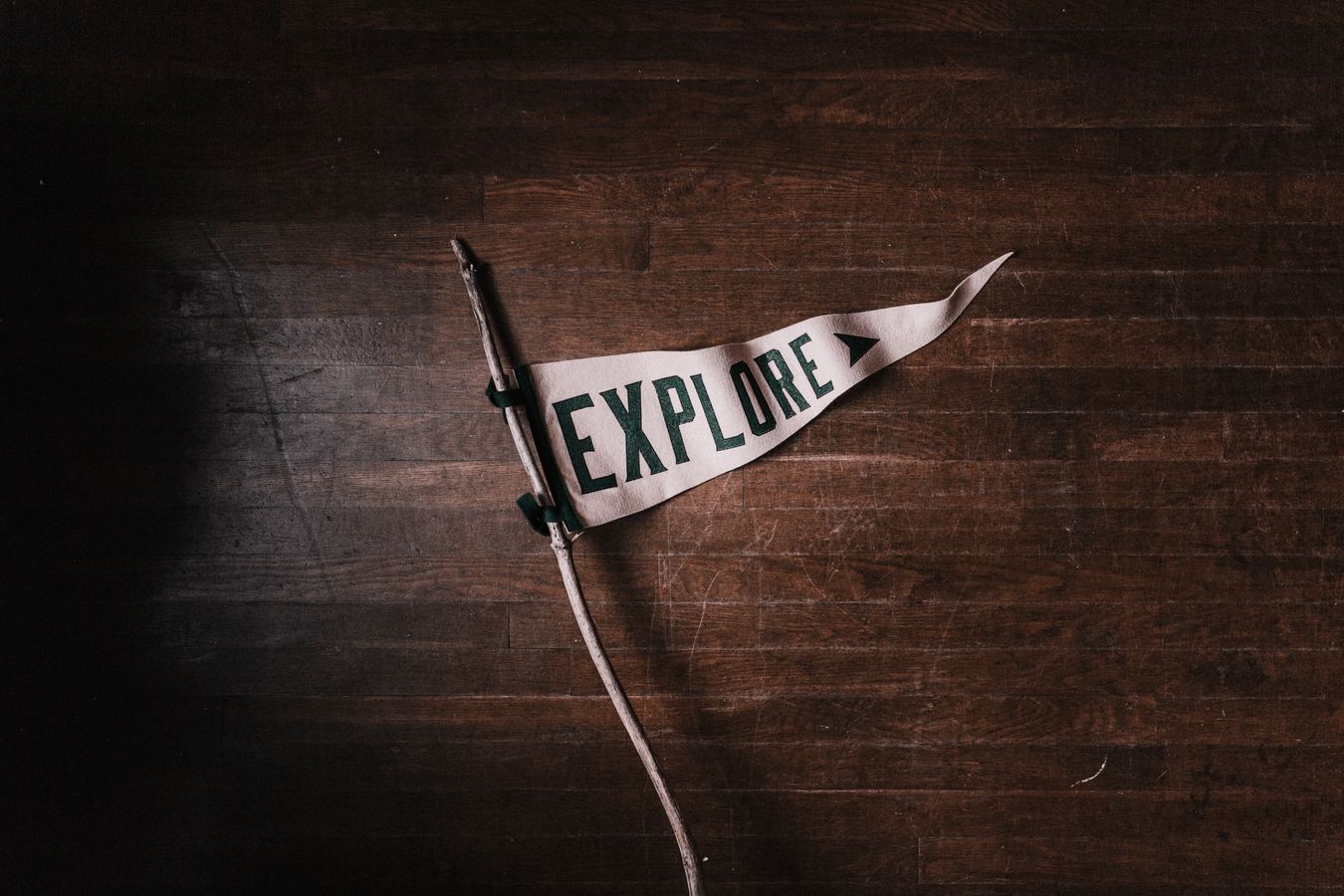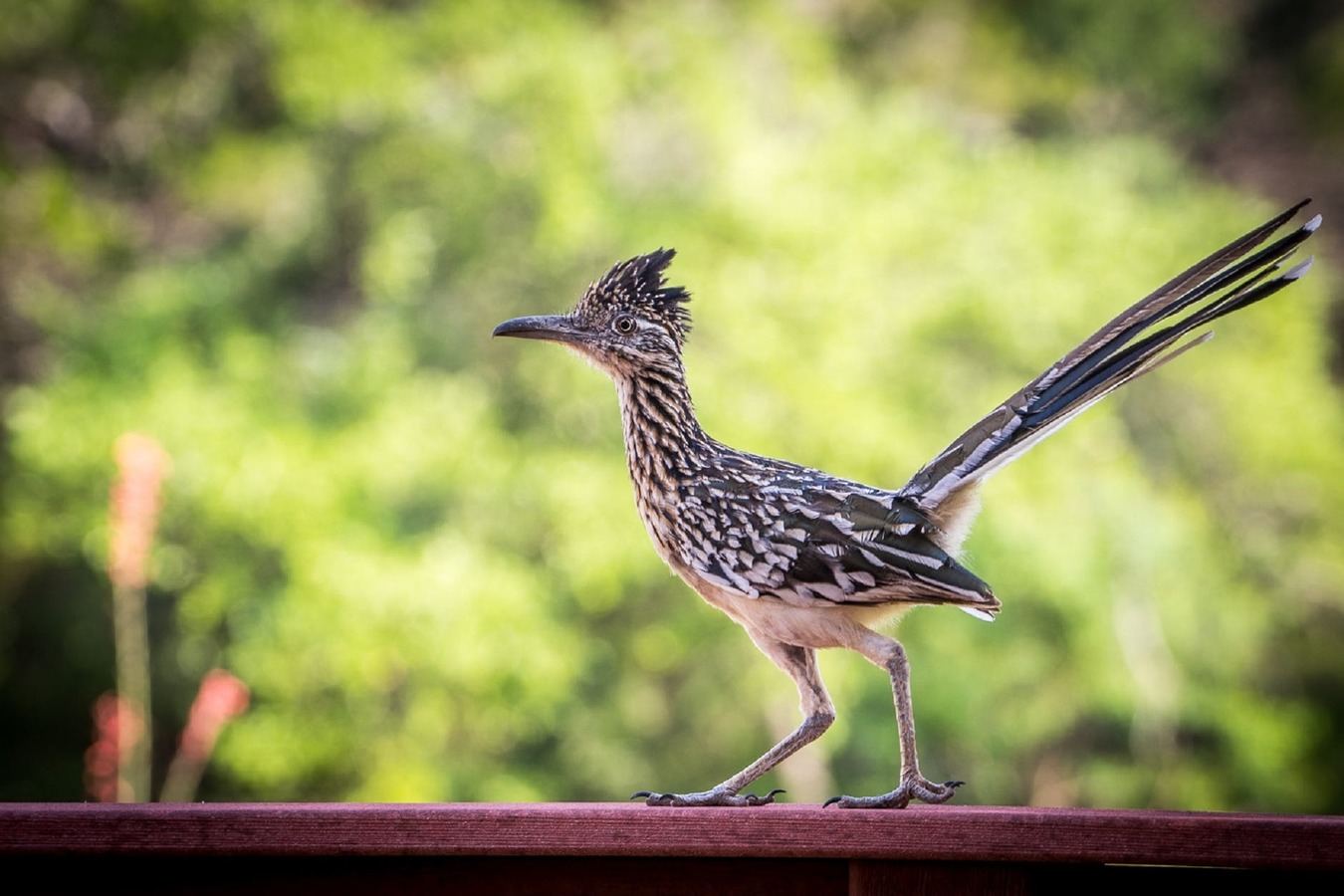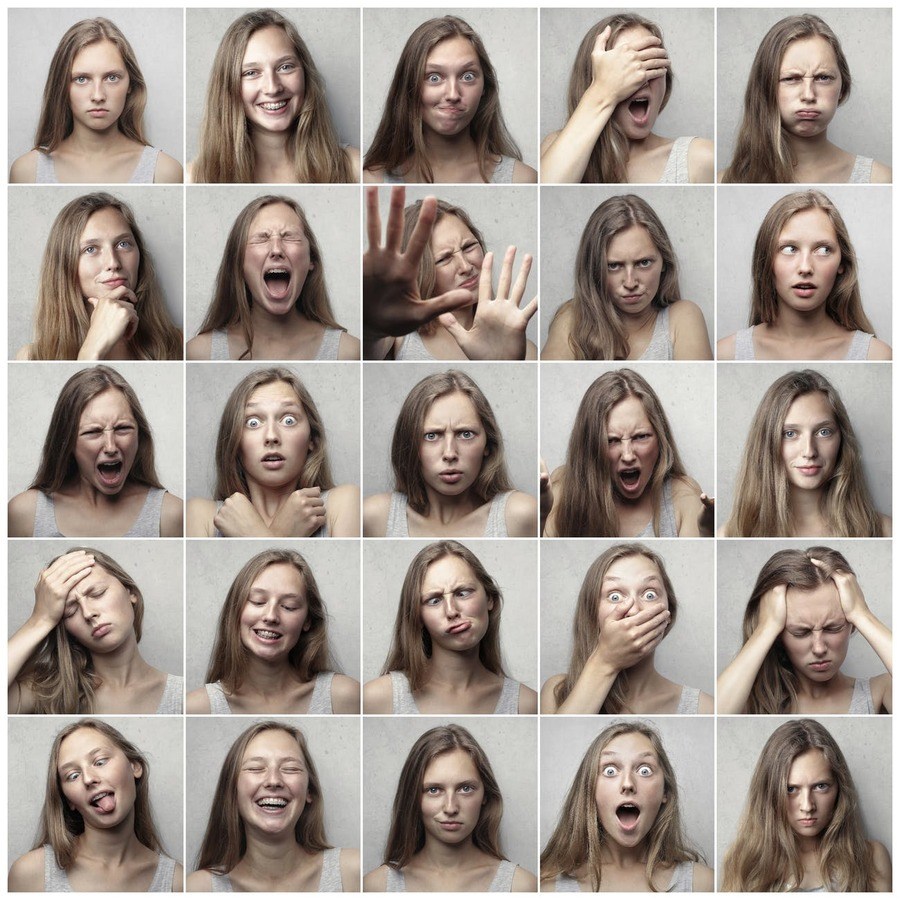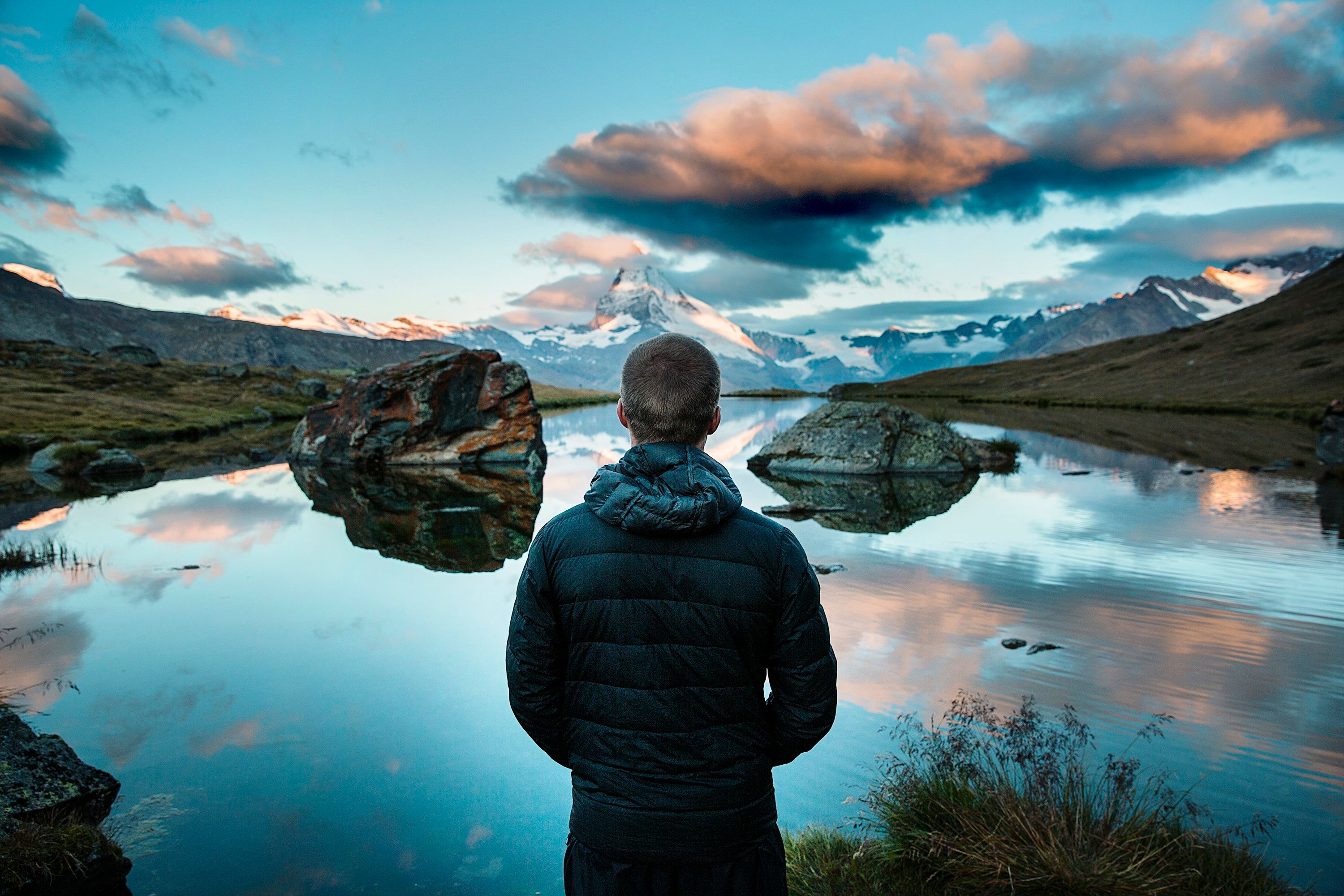By Andrew SVN.
Welcome to the second article of this series on structural racism in conscious sexuality. In my previous article we explored cultural appropriation (specifically in relation to Tantra) and how we can address it. In this article we’ll explore my experience of how racially inclusive conscious sexuality spaces are.
I’m going to blunt – I’ve seen little proactive effort made by the conscious sexuality/BDSM leaders I’ve encountered thus far to actively make BAME people feel included beyond the generic claim that “everyone is welcome.” I recall attending a BDSM munch where a (white female) group leader was more interested in eating her fish supper than introducing herself to me and engaging me in any sort of conversation. While I can’t attribute her poor manners towards me to racism per se her behaviour certainly didn’t make me feel welcome in a group where I was one of just two BAME people (and I was far less established than the other BAME person). While, ideally, I would have liked her to engage me in a respectful conversation supporting my racial identity in a majority white space, her simply being courteous and generous towards me would have made me feel more included. A neutral approach isn’t quite enough when it comes to making minorities feel included – BAME or otherwise.
I believe that much of the lack of proactive effort is a function of three things: demographics, a lack of racial inclusivity training, and an understandable fear of causing offence. Let’s start with demographics. Conscious sexuality spaces are overwhelmingly white middle class and hence racial inclusivity is unlikely to be held in the same esteem as white female, white LGBTQIA+ or any other white-centred form of inclusivity (we prioritise the things most proximate to our own community, after all). And what about racial inclusivity awareness? People in these spaces, through no fault of their own, are unlikely to have received any quality training in racial inclusivity and hence are unlikely to be equipped with the tools to support BAME identity. This leads onto the understandable fear of causing offence. Race is a sensitive topic to discuss in any setting, and the downside risks are amplified when you don’t have the right language or knowledge to navigate the topic sensitively. These three factors combined create an environment that’s stifling for people of all races. The elephant in the room roams unchallenged.
The need for active, rather than passive, inclusion is compounded by the fact that many ethnic minority people in the community will have grown up in socially, and sexually, conservative households due to cultural or religious reasons. For them exploring non-normative relationships and sex could lead to disapproval at best and, at worst, emotional, physical or sexual violence from those in their own community. While these risks aren’t unique to BAME people they’re risks worth making clear and explicit. While everyone in the community is taking their own social risk when exploring non-normative relating the social risk is bigger for those of us from ethnic minority backgrounds than it is for white people – who are typically afforded more social leeway and for whom self- exploration can be seen as a rite of passage. We need people in the conscious sexuality community to engage with us proactively, enthusiastically and whole-heartedly when we enter and engage in these spaces so that we can feel as safe, embraced and included as everybody else.
While I’ve never felt overtly excluded due to race I’ve also not always felt sure whether people in the community consider the implications of racial identity and biases. I don’t think the lack of proactive effort on racial inclusion is a malign conspiracy. However I do think that those in leadership positions would do well to get comfortable with their responsibility on all forms of inclusion – including racial inclusion – and seek out support, guidance and training to give them the tools and confidence to create more welcoming spaces for BAME people. In the final article of this series I provide a list of resources that BAME people and allies can use – so keep an eye out for that!
So how can we be more racially inclusive at the local level? Firstly we can educate ourselves on different racial experiences (for example – the Runnymede Trust’s Race Matters blog). Secondly we can engage whole-heartedly with BAME people in any setting – really listening, engaging and creating space for them. Thirdly we can challenge our own racial biases (conscious or unconscious) – which we’ll explore further in the next article – attitudes towards race.
Are you a BAME person exploring conscious sexuality spaces? Are you someone who’s creating more racially inclusive spaces? Let me know in the comments below.
Andrew SVN.









